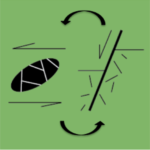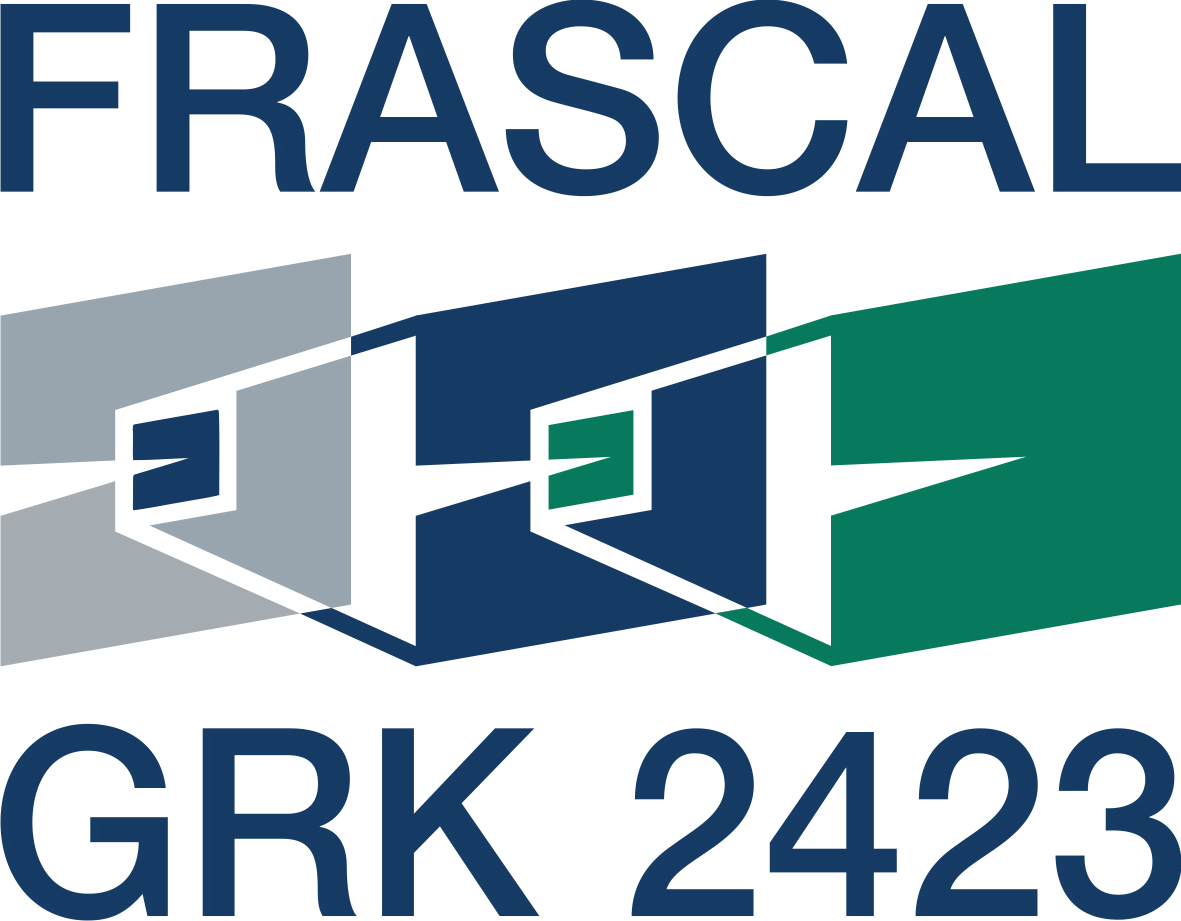P13 – Modelling of the development of deformation bands in porous rocks and their influence on the permeability evolution of reservoirs
 Motivation
Motivation
Fragmentation of material in rocks is an important process that starts when the intact rock is fractured and eventually leads to faults with a large damage zone and a central very fine-grained gouge. When the deforming rock is relatively porous, like sandstone with large open porosity, the fragmentation leads to compaction/deformation bands or anti-cracks [1-5]. These anti-cracks develop when fracturing of grains leads to stress concentrations on neighbouring grains and a localized propagating damage zone or band develops. Healing changes the mechanical properties of the fractured zones as well as their permeability. An understanding of the development of deformation bands and fault zones and the associated anisotropic mechanical and permeability evolution is important for many applications including seismic hazards, treatment of faults in reservoir models.
Objectives
The aim of the present project is to study the influence of initial rock properties (porosity, grain size, and shape), deformation (compaction, shearing, and combinations) and crack healing on the development of deformation bands.
Work plan
An extended DEM approach with multi-scale aggregates and healing algorithms will be used to study structures on the grain and single-band scale, whereas the reservoir scale flow properties will be determined with continuum models. Codes will be developed and tested simultaneously and natural examples from our rock collection and field examples can be used in the other projects. We will then develop an algorithm for the healing of fractured grains and will finally approach the large scale and look at the influence of deformation bands on the permeability of aquifers. Here we will vary mechanical content in bands, deformation conditions from shear to compaction, compactional and extensional shear, and finite strain.
[1] K. R. Sternlof, J. W. Rudnicki and D. D. Pollard, “Anticrack inclusion model for compaction bands in sandstone,” Journal of Geophysical Research: Solid Earth, vol. 110, 2005.
[2] G. Marketos and M. D. Bolton, “Compaction bands simulated in discrete element models,” Journal of Structural Geology, vol. 31, pp. 479-490, 2009.
[3] H. Fossen, R. A. Schultz, Z. K. Shipton and K. Mair, “Deformation bands in sandstone: a review”, Journal of the Geological Society, London, vol. 164, pp. 1-15, 2007.
[4] F. Guillard, P. Golshan, L. Shen, J. R. Valdes and I. Einav, “Dynamic patterns of compaction in brittle porous media,” Nature Physics, vol. 11, pp. 835-838, 2015.
[5] H. Wu, A. Papazoglou, G. Viggiani, C. Dano and J. Zhao, “Compaction bands in Tuffeau de Maastricht: insights from X-ray tomography and multiscale modeling”, Acta Geotechnica, vol. 15, p. 39-55, 2020.
